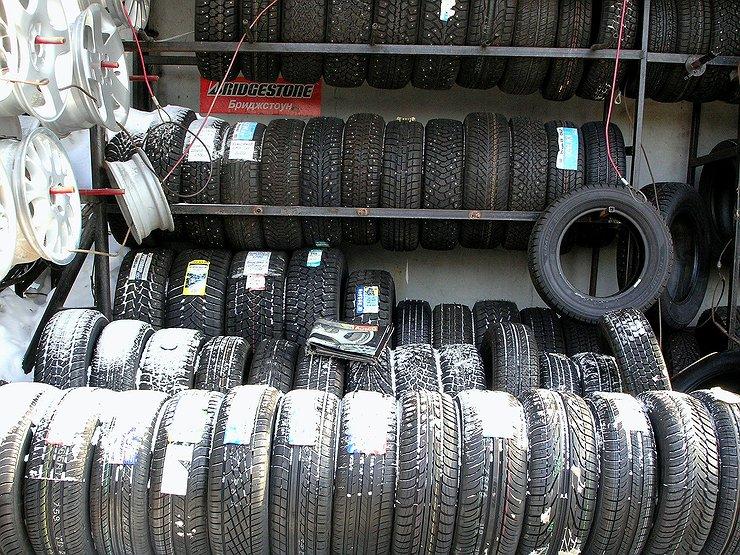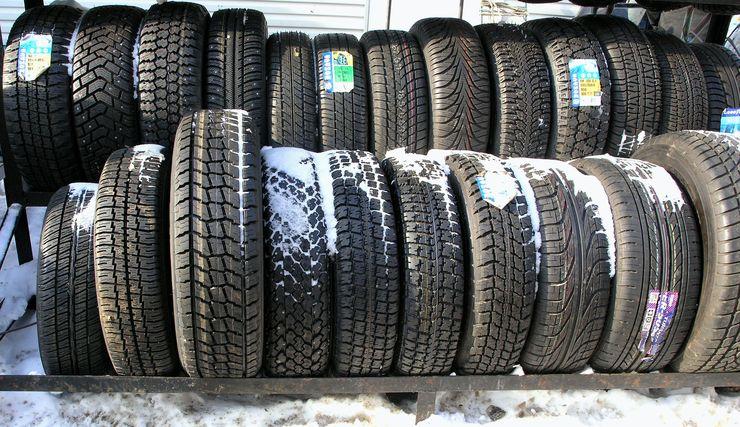
Three dangerous mistakes when replacing winter tires in a car with summer tires
The spring sun has begun to shine. In big cities, there is less and less snow, and more dry asphalt. To keep the spikes on their tires, many motorists are in a hurry to change winter tires to summer tires, without thinking about the consequences of such prudence.
Let's start with the basics. It is necessary to switch from summer tires to winter tires when the average daily air temperature drops below +5-7 degrees. Accordingly, it is necessary to change winter tires for summer tires when the average daily temperature exceeds the line of + 5-7 degrees.
The rubber compound from which summer and winter tires are made is different. And it is created taking into account, among other things, temperature conditions in which the tire behaves in a certain way. You can overlook the temperature of the roadway, which takes longer to warm up in spring than the air, and the fact that warm spring days are almost always accompanied by night frosts.
Thus, by "changing shoes" too early, you double your chances of getting into an emergency. Therefore, do not be afraid for the spikes on your tires, nothing will happen to them if you change the tires a week or two later.

After changing tires, many drivers prefer not to camber. However, this will not be superfluous at all under certain conditions. There is such a thing as “rolling shoulder” - this is the distance between the center of the contact patch and the axis of rotation of the wheel on the road surface. So: if your summer and winter tires have different sizes, and the wheels have different offsets, then the “rolling shoulder” will change without fail. So, the collapse is mandatory.
Otherwise, a beating in the steering wheel may be felt and the resource of wheel bearings and suspension elements will be reduced due to increased loads. If the sizes of summer and winter tires are the same, and you use only one set of wheels, then it is not necessary to do wheel alignment every time you change tires.
Well, the third mistake is the storage of rubber. Dumping rubber as you please and anywhere is a crime! If stored incorrectly, tires can become deformed, after which they can be taken to a collection point for old tires or to a country flower bed.
Remember: you need to store rubber on disks in a cool and dark place in a suspended state, or in a pile, and tires without disks in their working position - standing up. And don't forget to mark the location of each tire (side and axle) - this will ensure more even tire wear.